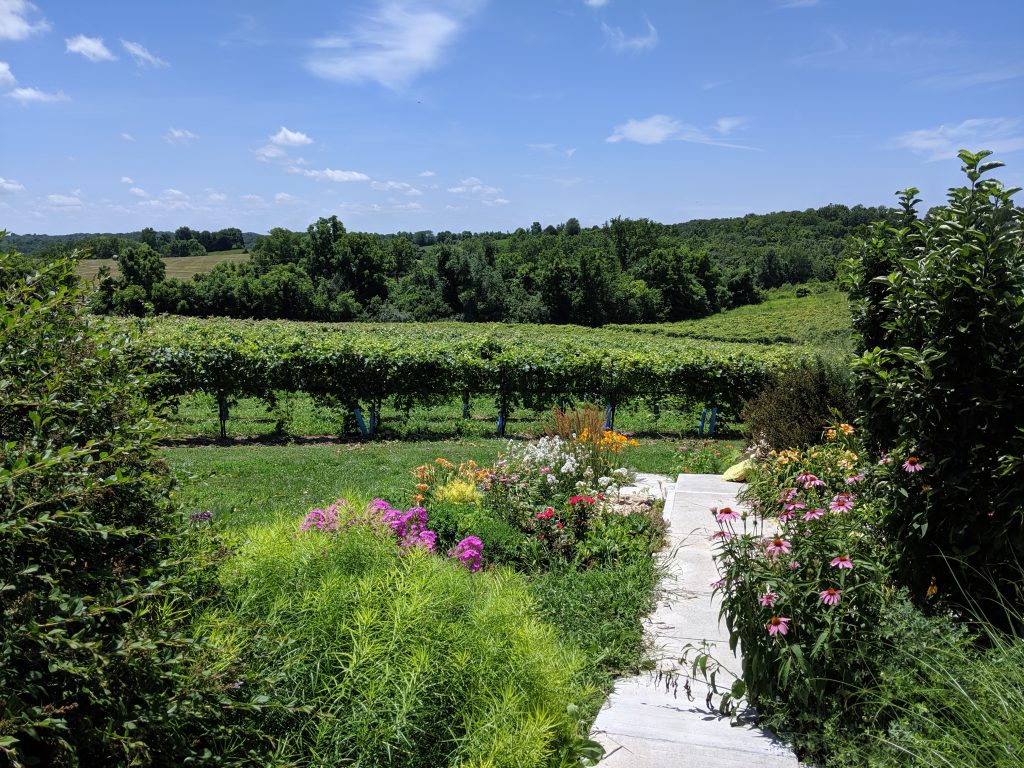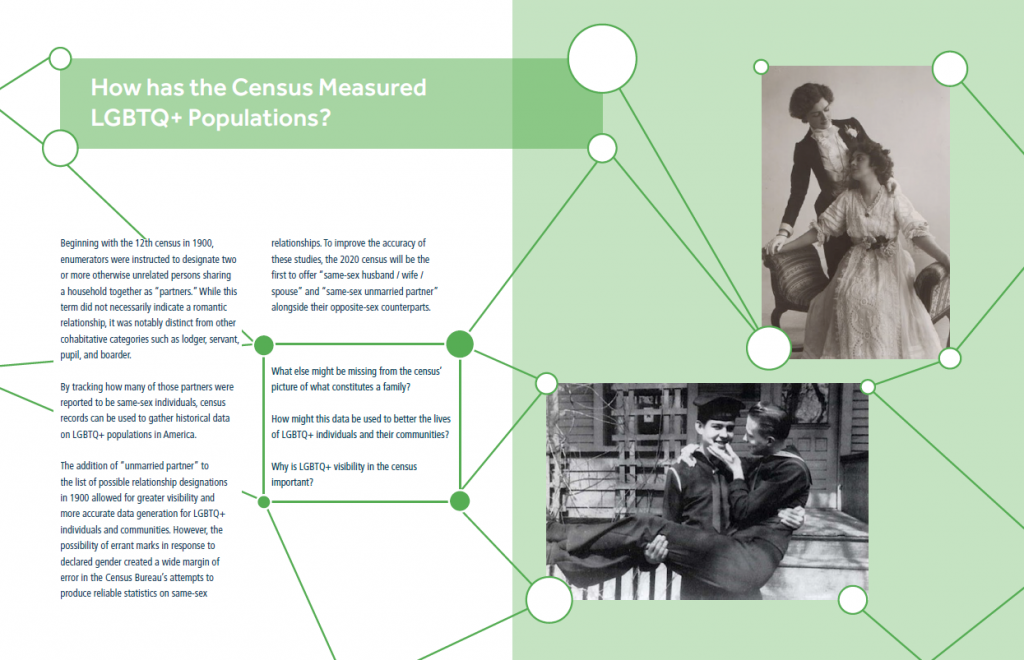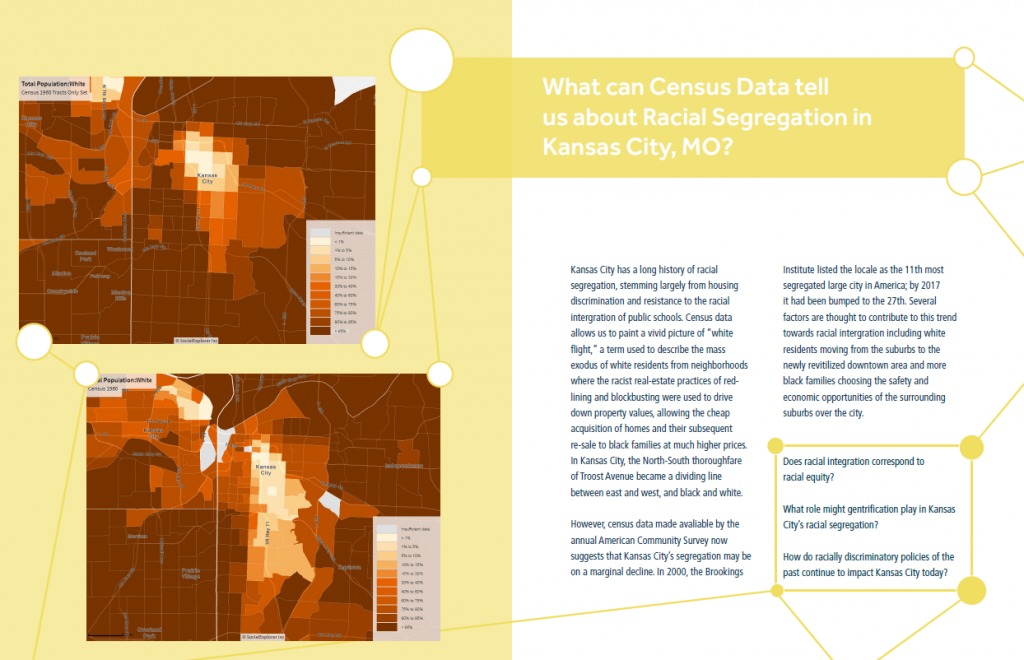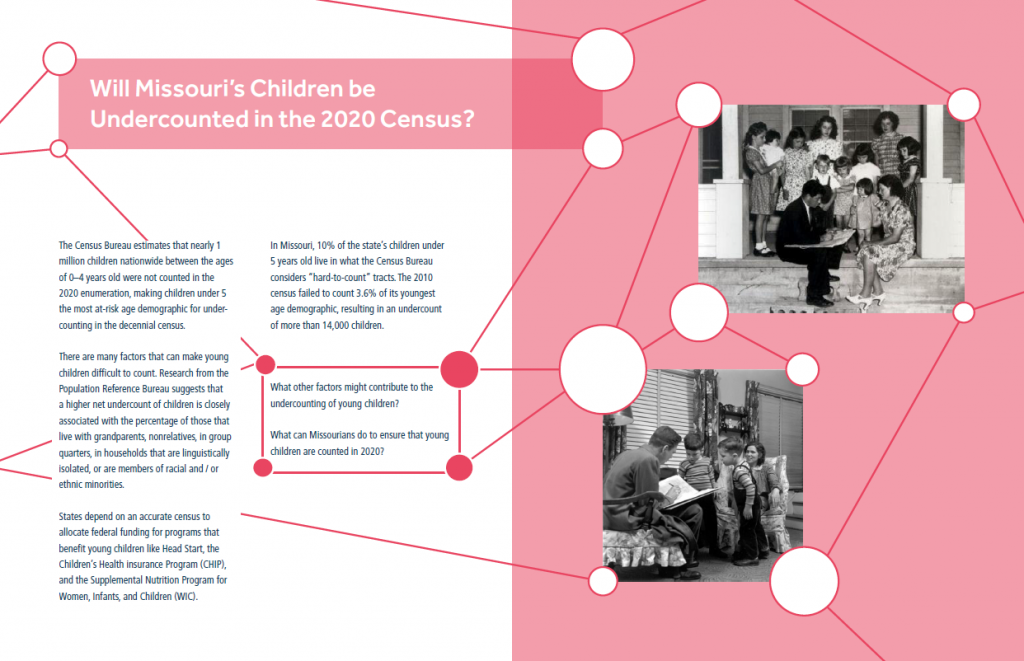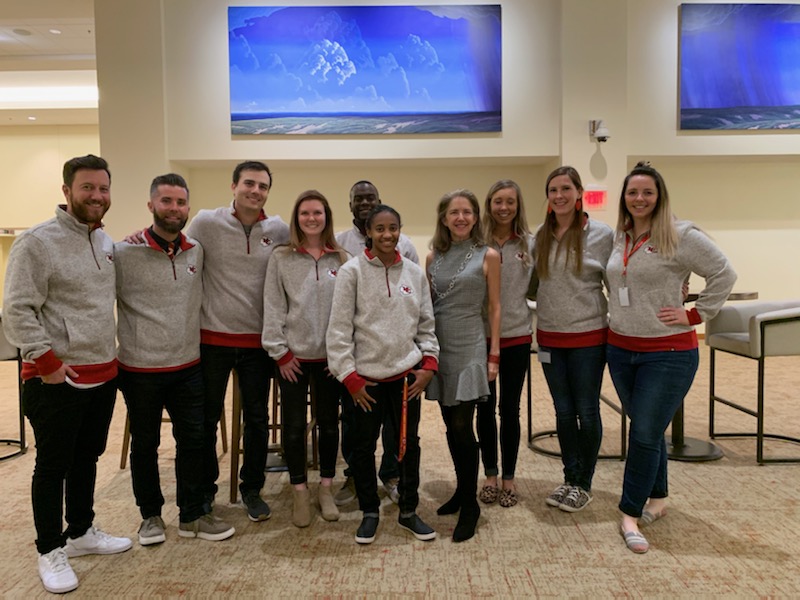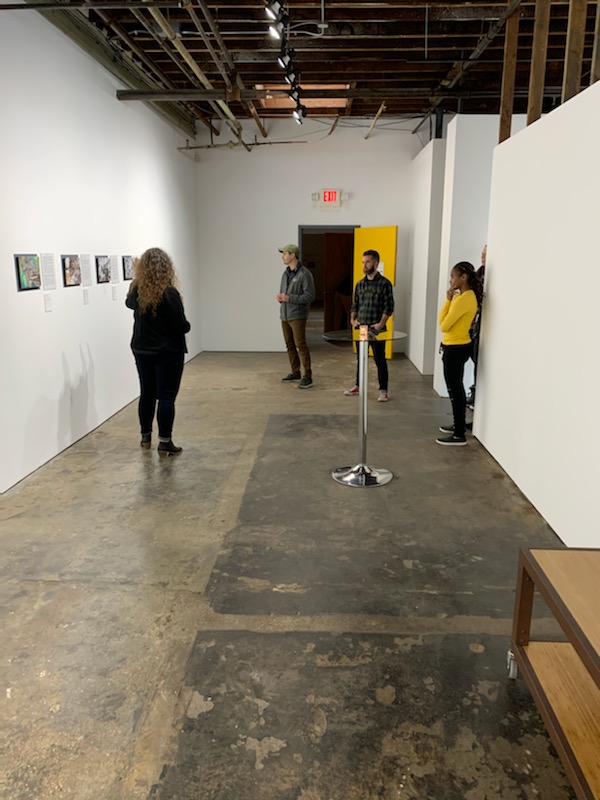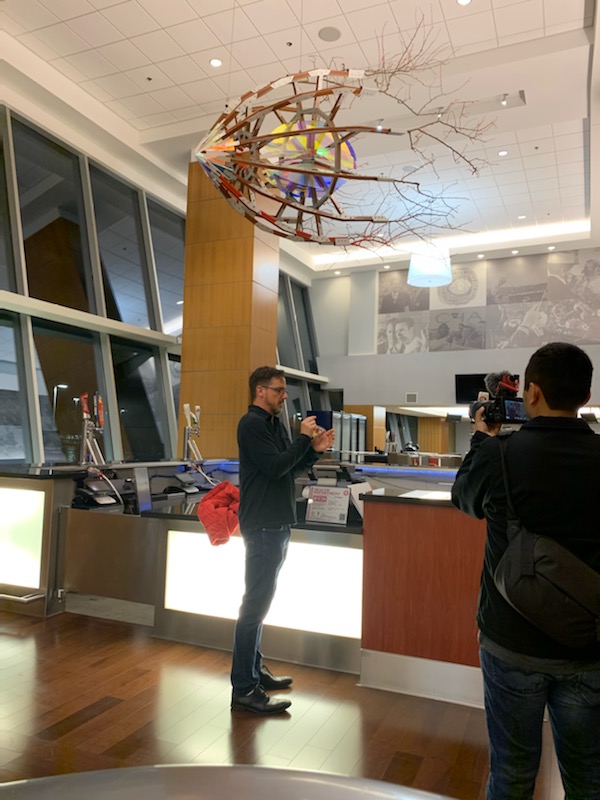By Michael Sprague
Work for my internship has slowed down a bit. I knew there were limitations to the work I could do remotely, and those limitations certainly become more evident these last two weeks. Recently, I have completed two minor projects for the Wyandotte County Museum – summaries of both Western University and Sumner High School for a planned exhibit on historic institutions of education in Wyandotte County. Both schools are evidence of the resiliency and determination of the black community of Kansas City, so I consider myself privileged to have contributed to this project. I have learned much about both institutions during my time at the museum, and certainly I have much more to learn. The connections I have made during my internship will greatly benefit that end.
Aside from these two projects, I revised a role-playing game I designed for the museum, a project I previously discussed in my blog posts. My skills at communicating effectively to elementary age children are dubious at best, so it proved a more challenging task than I had expected. There is now a game draft ready to test for both elementary aged children, and high school aged students. Hopefully, it will prove as a good resource for the museum in the future.
Additionally, I made some minor edits to an exhibit I completed for Quindaro, and its recognition by the National Park Service. I have a plan with the Wyandotte County Museum’s director to work on the exhibit in the middle of May – so long as the stay-at-home order is not extended past that timeframe. This is something that I would like to see through. Remotely completing a draft for an exhibit simply does not feel rewarding on its own – I want to see the fruit of my labor hanging on display in the museum. In spite of this frustration, I am still grateful for this opportunity to get practical experience in a museum, and I will likely volunteer over the summer if I can be of further assistance to the staff






